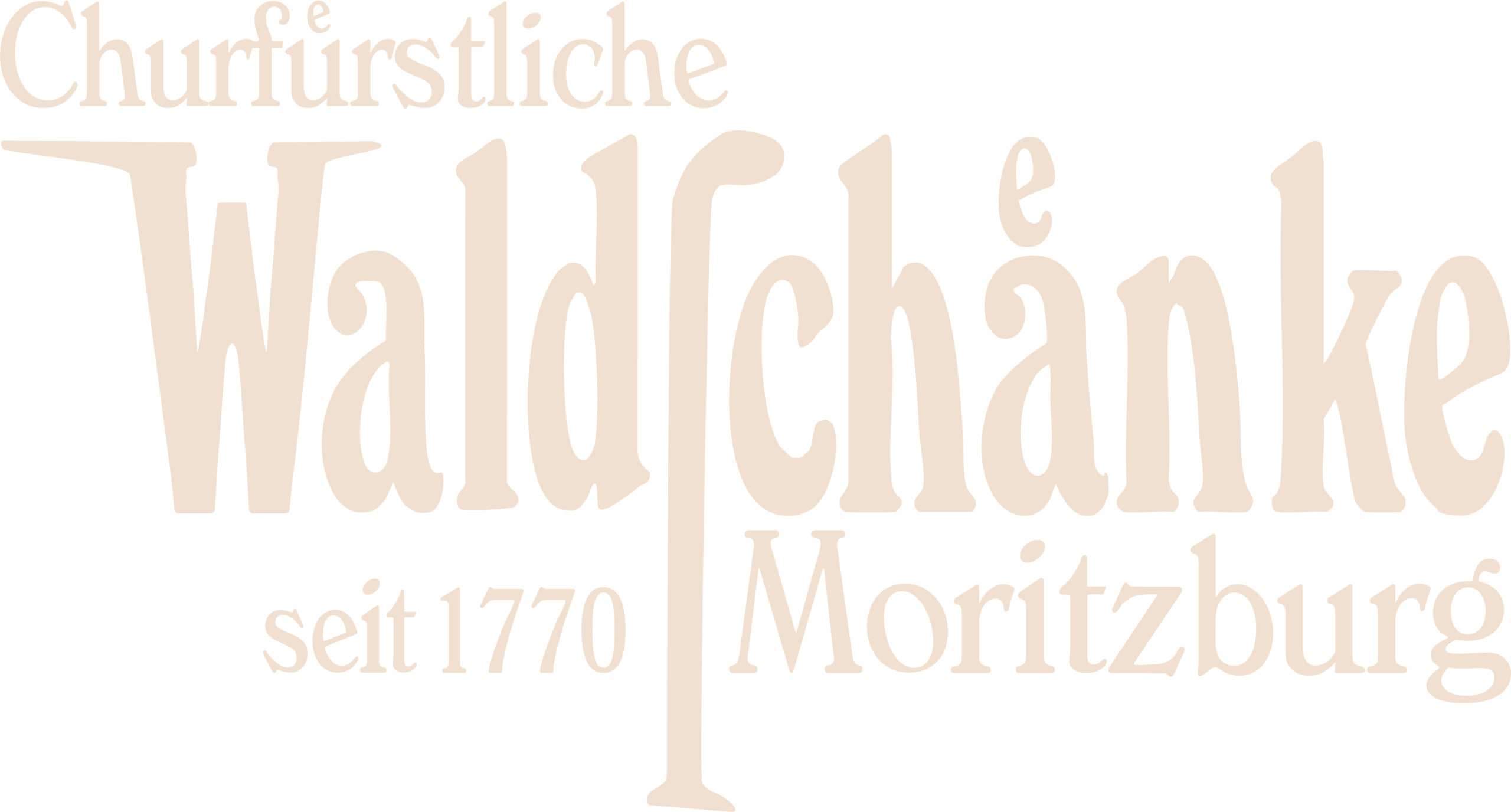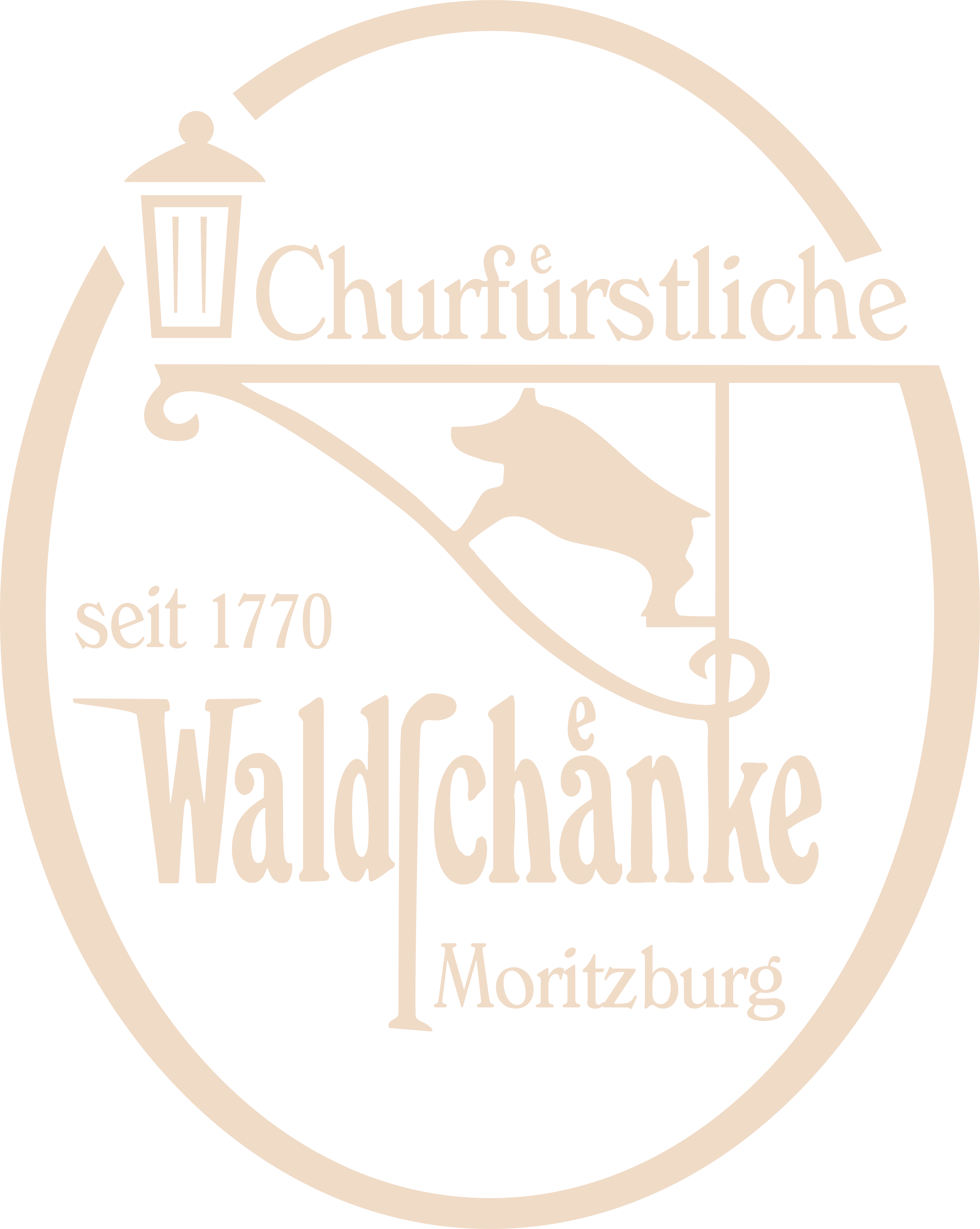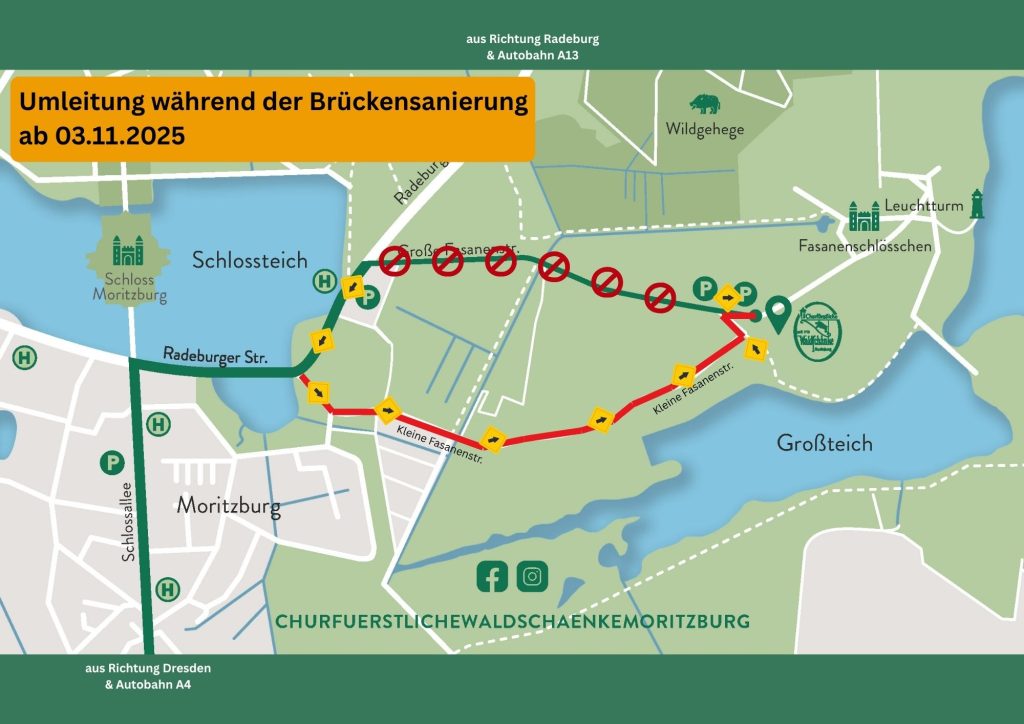Moritzburg Lighthouse Maritime illusions in the heart of Saxony. In the middle of Saxony's inland, a lighthouse rises ...
Discover the most beautiful sights in Moritzburg
Welcome to Moritzburg - a place where history, nature and culture merge in a unique way. The charming baroque ensemble on the outskirts of Dresden delights visitors with fairytale castles, idyllic pond landscapes and a fascinating past.
Whether it's the magnificent Moritzburg Castle, the dreamy little Pheasant Castle, the historic lighthouse or the extensive game reserve - Moritzburg has numerous discoveries in store for you. Immerse yourself in the world of Saxon nobility, experience unforgettable moments in nature and let yourself be enchanted by the unique atmosphere of this special place.
Here you will find the most beautiful sights of Moritzburg at a glance - with exciting stories, insider tips and practical information for your visit.
Moritzburg Game Reserve - native wildlife in the historic forest park Nestled in the centuries-old forests ...
Moritzburg Castle - Baroque fairytale castle surrounded by nature Nestled in an idyllic pond landscape ...
Fasanenschlösschen Moritzburg - A baroque jewel in a fairytale setting Moritzburg is famous for its ...


